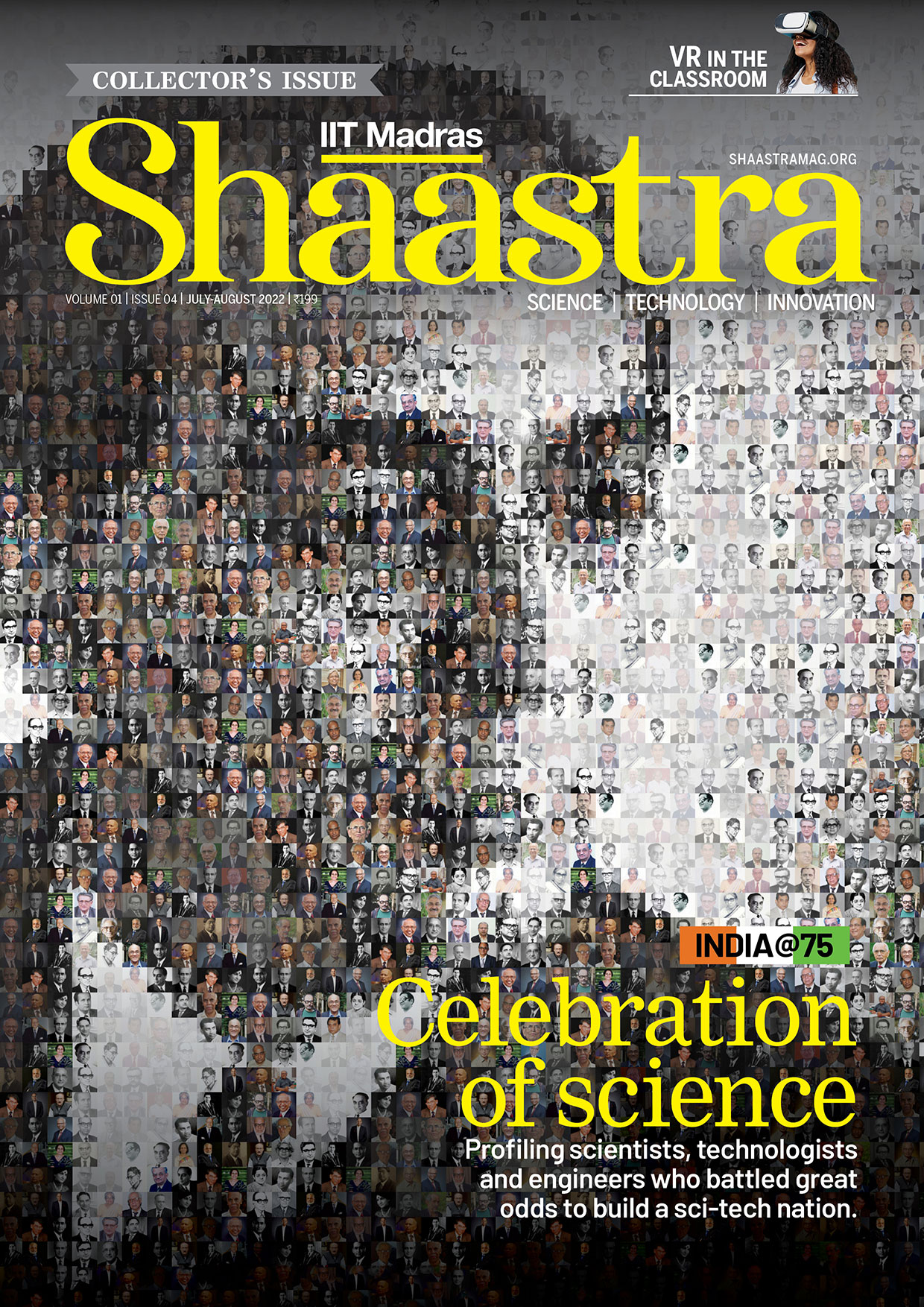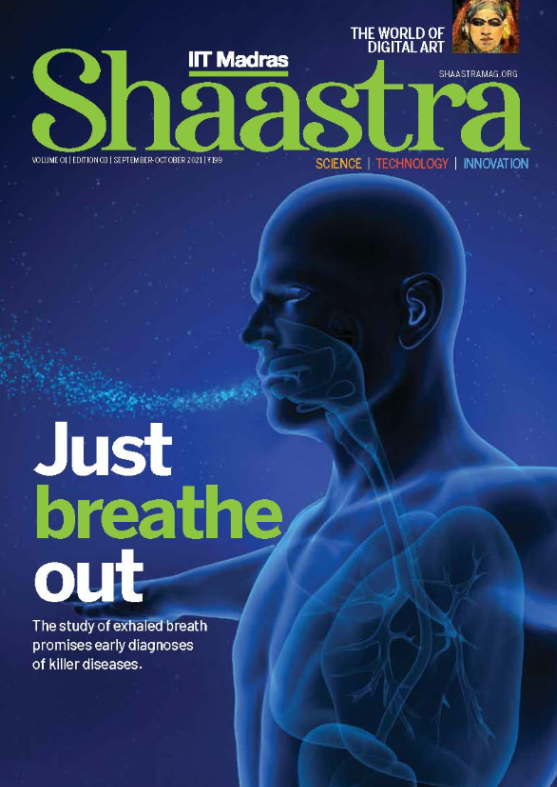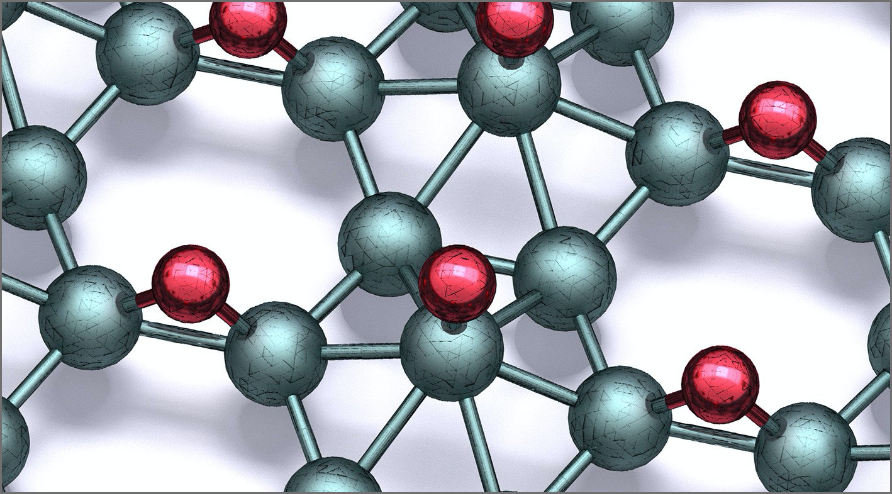The red pill alert
-
- from Shaastra :: vol 03 issue 06 :: Jul 2024

Technology is set to play a larger role in monitoring the safety of marketed drugs.
Several years ago, Dhananjay Bakhle received reports of angioedema, an unexpected adverse event, in patients on a medicine marketed by his multinational employer. As the head of drug safety, Bakhle was understandably concerned. Angioedema is a rapid swelling of skin layers, which could be a precursor to anaphylaxis. "It is a very serious side-effect." Global regulators expect to be informed of such serious adverse events (SAEs) within a deadline. (SAEs are suspected, not confirmed, side-effects.) Would he have to flag an entirely new 'safety signal' for a drug marketed worldwide? (A safety signal is new information, on an unexpected adverse event or side-effect potentially caused by a drug, which warrants deeper inquiry.)
No, it turned out. In an attempt to standardise reporting, adverse events are assigned codes as per a specific disease classification or dictionary system. In this case, what was originally reported as oedema (fluid retention) had been wrongly coded, he recalls. Bakhle cites this manual error as one of the many challenges involved in 'pharmacovigilance', or tracking the safety of drugs and vaccines, that technology can help mitigate.
PAST ISSUES - Free to Read


Have a
story idea?
Tell us.
Do you have a recent research paper or an idea for a science/technology-themed article that you'd like to tell us about?
GET IN TOUCH














